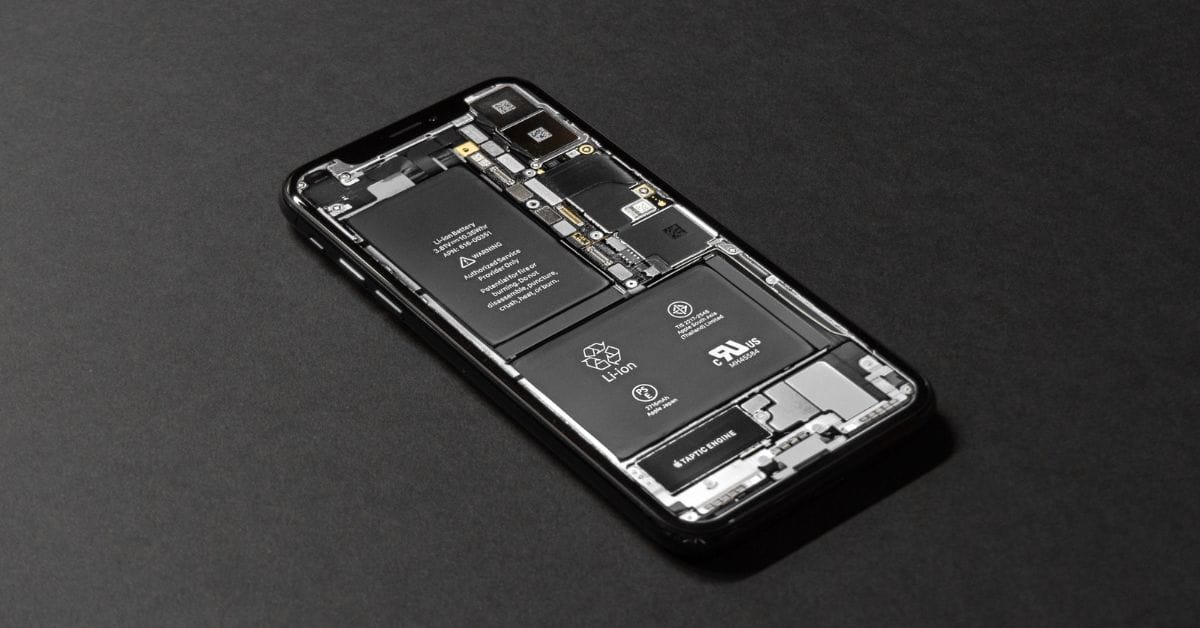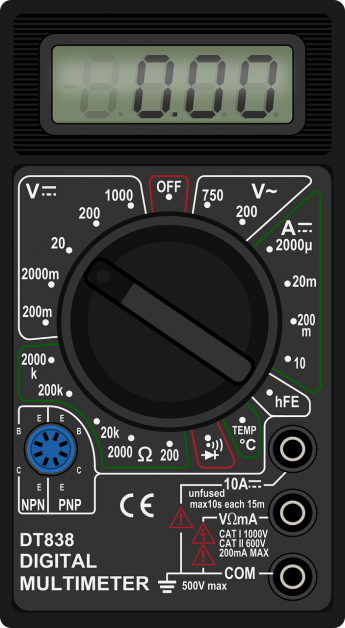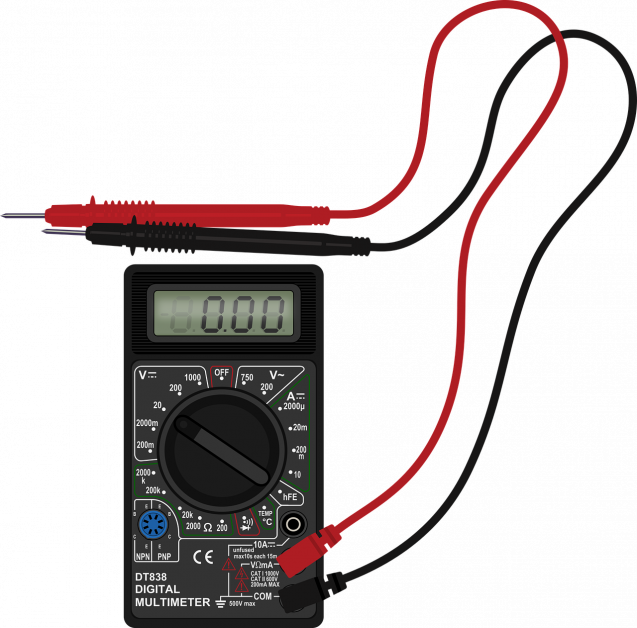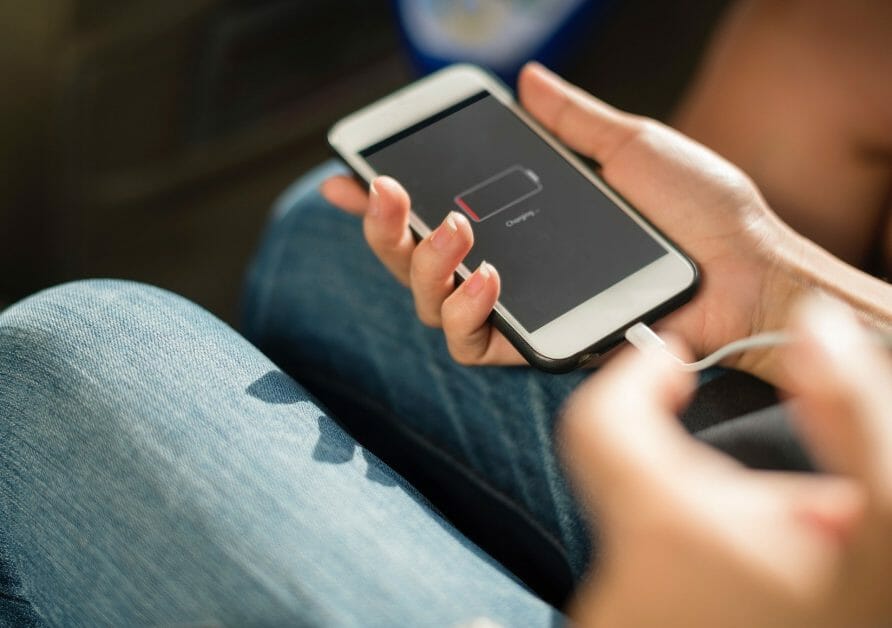How to Test a Cell Phone Battery with a Multimeter (6 Steps)

Cell phones have become a part of our daily routine.
Like it or not, an average person usually spends five to six hours on their phone daily. With that amount of daily use, you probably drain the battery daily. So, even if the battery indicator says it’s 100% charged, how much power does the device have? Let’s find out.
To test a fully charged cell phone battery with a multimeter:
- Remove the battery and identify its positive and negative voltage terminals.
- Set the multimeter to measure up to 20V DC.
- Attach the red probe to the positive terminal and the black probe to the negative terminal.
The battery is healthy if the rated voltage is 3.7-3.8 volts and the actual voltage is at least 3 volts, usable if 2.2-2.9 volts, and requires replacing if under 2.2 volts.
This step-by-step guide will show you how to test your cell phone battery with a multimeter and resolve a few common problems a faulty battery can cause.
Procedure for Testing a Cell Phone Battery with a Multimeter
We will go through the 5 steps outlined below for testing a cell phone battery with a multimeter.

Step 1: Remove the Battery
The first step is to turn off the cell phone and open the battery compartment to remove the battery. It’s easy to do if the cell phone has a removable battery but more involved if it doesn’t.
Most recent cell phones don’t have easily removable batteries. You will need to use extra tools if the back cover is sealed. The sealant is applied for waterproofing, i.e., to prevent water from getting through and damaging the circuitry. Although it’s a good idea, opening and removing the battery makes it difficult. Samsung phones and iPhone batteries are notorious for being very difficult to remove.
The exact method differs for different models, but generally, you would need a prying tool and may also need a hot gun or similar tool to weaken the glue. Don’t give. You must remove the battery before proceeding. You can reapply a sealant after testing the battery.
Remove the battery and set it down on a flat surface in a dry environment with the terminals facing upwards.
Step 2: Identify the Terminals
Identify the two terminals on the battery labeled with a plus (+) and a minus (-) sign and check the label for the voltage rating.
They are usually the two-end terminals and are the battery’s positive and negative voltage terminals. The 1 or 2 middle terminals are usually for different purposes. See the illustration below.

Then, look at the battery’s label to know the voltage rating. A typical cell phone battery’s voltage rating is 3.7 or 3.8 VDC.
Step 3: Set the Multimeter
After checking the label on the battery for its voltage rating, adjust the multimeter’s setting to DC volts accordingly.
Some multimeters use V for DC voltage or the letter “V” with solid and dotted lines above or beside it. The selected range for DC volts must cover the range up to or beyond the battery’s rated voltage, usually 3.8-4 volts, requiring you to select the 20V range.


AC voltage is indicated by V with a wavy line. Don’t use this setting because batteries always run on DC voltage, not AC. Also, check if the battery’s label indicates the amperage or mAh.
Step 4: Attach the Probes
The multimeter should have two attached probes: one red and one black.
Attach the multimeter’s red probe to the battery’s positive terminal (labeled +) and its black probe to its negative terminal (labeled -). So, place:
- The tip of the red probe on the terminal is marked with the positive (+) symbol;
- The tip of the black probe on the terminal is marked with the negative (-) symbol.
Hold both probes in place.
Step 5: Interpret the Result
Check the reading on the multimeter.
It will give a voltage reading up to or less than the rated voltage to indicate how much charge the battery has.
Keep the probes in place for a few seconds to ensure you have an accurate reading. Interpret the reading once the number stabilizes. The reading on the screen should indicate how much battery juice is in the battery. Compare this value with the battery’s voltage rating indicated on the phone.
If the reading is close to the value stated on the battery’s label you previously checked, it means the battery is almost fully charged. The battery is fully charged if you see the exact rated voltage.
Repeat the test if unsure about the actual reading. You’ve probably done the test right if the reading is the same.
Step 6: The Final Decision
After you’re done with the testing and confident about your reading, it’s time to know if you need to take a trip to your local mobile repair shop for a new battery.
Let’s assume the battery’s voltage rating is 3.7-3.8 volts, and you fully charged it (100%) before removing it to test it. You might decide as follows:
- If the multimeter reads over 3.0 volts, your battery is pristine.
- If the multimeter reads between 2.2 and 2.9 volts, your battery is fine, but it means the chemicals inside aren’t as potent as they were, and the battery is decaying over time.
- If the battery shows a reading under 2.2 volts, it’s time to throw it out and get a new one.
- You might want to check the amperage if the battery shows power or a high voltage reading but still has problems. Repeat the test as before, but switch to the amperage setting on the multimeter.
- Suppose the amperage displayed on the multimeter is significantly lower than the voltage rating on the battery’s label. In that case, the battery storage capacity is probably lowered, so it’s time to replace it.
- If the readings show 0 volts, don’t give up right away. Grab your phone charger and plug it in for a while. Leave it for at least an hour before trying the test again. If the value refuses to change, the battery is faulty. In this case, replacing the battery is necessary because cell phone batteries are not repairable.
Note that a multimeter won’t help determine if your battery drains fast. It cannot measure the discharge rate. The multimeter will indicate how much charge remains in the battery during testing. You will have to take several measurements over some time or use an oscilloscope to know the discharge rate.

References
Website Resources:
